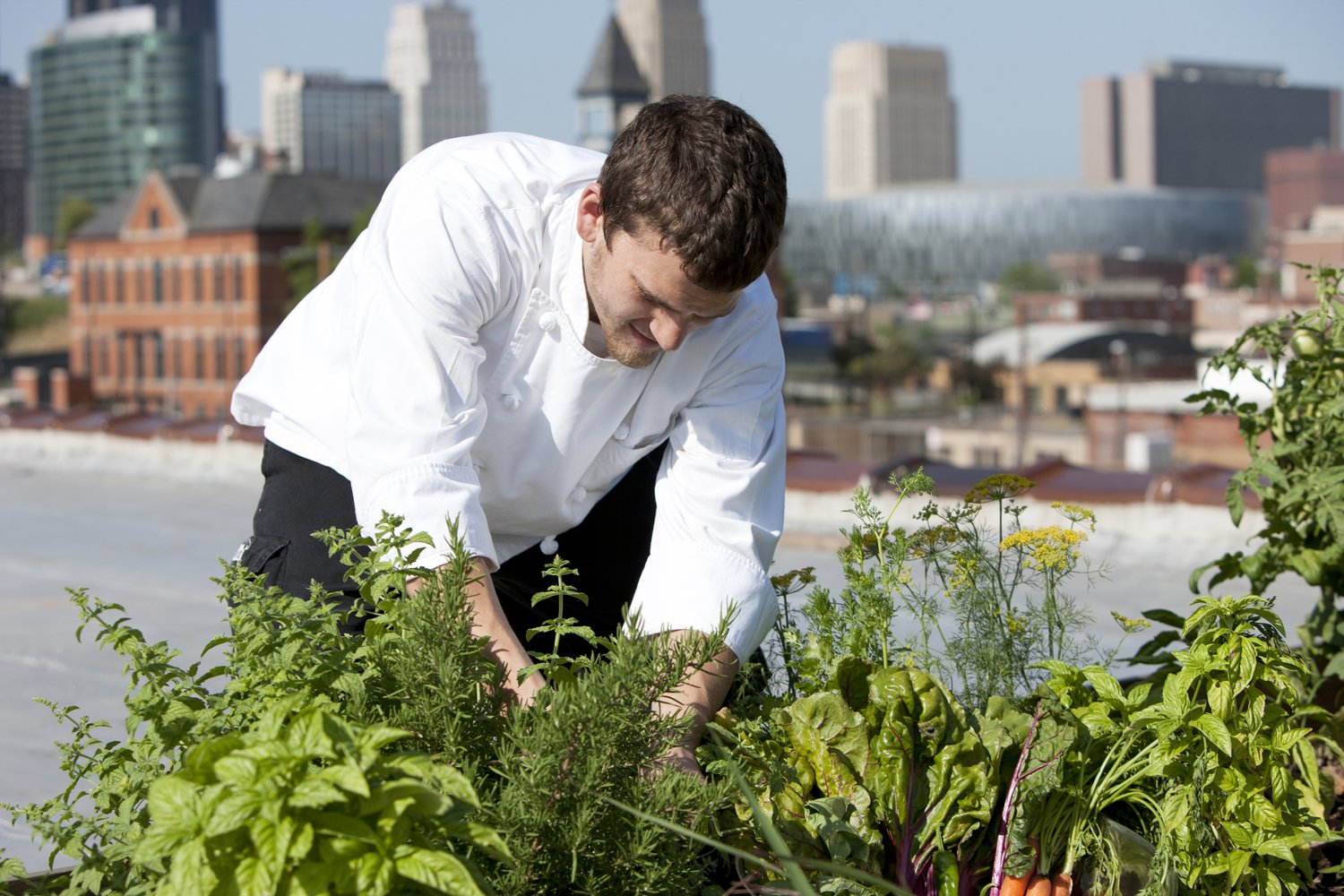Some Of City Blooming
City Blooming Things To Know Before You Buy
Table of ContentsFacts About City Blooming RevealedWhat Does City Blooming Mean?City Blooming Things To Know Before You BuyCity Blooming for DummiesThe Ultimate Guide To City Blooming
Fascinated in expanding food for sale in the City of Chicago? Below is a listing of frequently asked questions pertaining to the policies and guidelines that cultivators ought to think about when preparing an urban agriculture job.
The zoning modification does not customize any kind of various other codes managing composting, structure licenses, acquiring or renting City had building, organization licenses or ecological contamination. There are existing codes that regulate these concerns and they stay completely impact and might apply to your job. Neighborhood gardens are typically possessed or handled by public entities, civic companies or community-based companies and maintained by volunteers.
Urban ranches grow food that is intended to be marketed, either on a not-for-profit or for-profit basis. As a result of their industrial purpose, metropolitan farms need a business license. Yes. A neighborhood yard is allowed to sell excess generate that was grown on website if the sales are accessory or subordinate to the garden's main function explained over.
Rumored Buzz on City Blooming
The quantity of compost material can not surpass 25 cubic backyards at any offered time according to the criteria in 7-28-715 of the City's Municipal Code. Since the soil at many brand-new garden sites requires modifying, garden compost, soil, wood chips, or various other products can be acquired to create or enhance the growing area.

If a structure authorization is needed after that the hoophouse will be considered an accessory building. You can figure out even more about the structure authorization demands by contacting the Department of Structures. The 25,000-square-foot size limitation is intended to stop a solitary community garden from dominating a given block or detracting from the block's existing property or industrial personality.
The limit does not put on gardens located in Public Open Space (POS) areas. Can there be greater than one community garden that is 25,000 square feet on a solitary block? Yes. The size limit uses to specific gardens, not to specific blocks. No. Fence is not called for, however, gardens that have huge vehicle parking areas might be required to set up secure fencing or various other landscaping attributes.
Not known Facts About City Blooming
B1 & B2 areas call for that all business use activities be performed indoors. Is fencing needed for metropolitan farms? Fencings might be needed, along with landscape design and testing, for particular vehicle parking locations and exterior work or storage areas depending on location and the specific task taking area.
Yes. Urban farms need building licenses and zoning approvals before building. Other forms of city testimonial might be required relying on certain frameworks, tasks, size, landscaping, licensing, public heath and stormwater monitoring issues. Numerous of these requirements are recognized in the job style or permitting procedure, nonetheless, the applicant may be liable to individually determine particular licenses or permits that may be required.
Yes. The sort of permit is identified by what is taking place at the website. The Division of Service Matters Continue and Customer Defense can assist identify the details sort of organization permit that's called for. Yes. Off road vehicle parking is needed for the majority of commercial projects in Chicago. The needed variety of garage is based on the number of employees working with site and not the square video footage of the growing room.
City Blooming Things To Know Before You Buy

Yes. A metropolitan farm can offer compost material produced on website, nevertheless, the operation must follow the laws in 7-28-715 of the Chicago Municipal Code. Yes. Aquaponic systems are allowed inside your home on city ranches in numerous zoning areas. A zoning review and building license is called for in order to install frameworks or systems and an organization certificate is called for as described above.
Up to five hives or swarms of honey bees may be maintained as an accessory usage. Nonetheless, beekeepers must register with the Illinois Division of Agriculture. To find out more about the proposed zoning change you may get in touch with the Department of Housing and Economic Growth, Bureau of Planning and Zoning at 312.744.8563.
Farming in cities and urban areas An urban ranch in Chicago. Urban farming refers to various practices of cultivating. https://www.behance.net/danielnold, processing, and distributing food in urban areas. The term likewise relates to the area tasks of animal husbandry, aquaculture, beekeeping, and horticulture in an urban context. Urban agriculture is identified from peri-urban farming, which occurs in backwoods at the edge of suburbs.
The 3-Minute Rule for City Blooming
It can entail an activity of organic growers, "foodies" and "locavores", that look for to form socials media founded on a shared values of nature and community holism. These networks can establish by method of official institutional assistance, becoming integrated right into local town as a "transition community" motion for lasting metropolitan development.
Some of the first evidence of city agriculture comes from Mesopotamia.